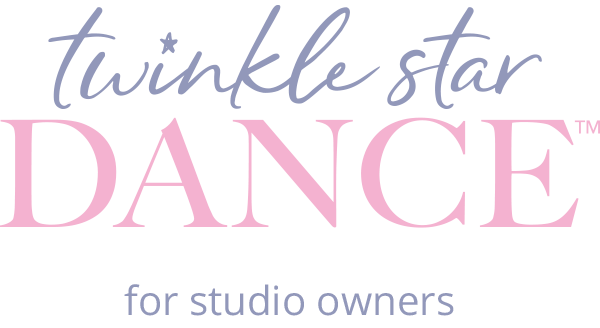Connecting to music and moving your body is how we fall in love with dance. Music is pleasurable and plays an essential role in our wellbeing. Many researchers also believe that music strengthens social bonds and connections.
Dancing to music increases coordination and cooperation with others; gives us an oxytocin boost; and strengthens our ”theory of mind” and empathy for others.
Music works a lot like language does—except instead of words and ideas, emotions and intent are communicated. In this way, similar to language, music and dance can be passed from generation to generation.
Here are some tips to model musical connection in your dance classes:
Discuss How to Listen to Music
Talk about the set of 8, beat, and tempo with your preschool and recreational dancers. Practice counting the 8-count and clapping the beat with them. Discuss how the speed of the beat is the tempo.
When choreographing for preschool and recreational dancers try to keep phrases in 4’s and 8’s with a repetitive chorus. Use musical cues in - they can hear them and it makes the dance interesting.
Use themes that are appropriate for the dancer's age and stage. For example, Twinkle Babies 2-3 dancing to “Cuddle Bug Boogie” with imagery of ladybugs, gardens, etc.
Sing the Song
When teaching them, talk through the dance until you see their attention start to fade. At that point do the dance with the music and continue past the section that you taught them. They should be able to follow along with you and do that dance.
Sing the song with them with arms while seated before you stand up to teach the dance. Sometimes when they are standing and facing the mirror they become distracted and miss the choreography. They can only learn if they are focused. When standing they are also thinking about what their feet are doing. Learning the words with arms first is best.
Perfect Practice Makes Progress
Preschool and recreational dancers will give half of what you give them so when you teach babies you have to give 200% energy and enthusiasm for the movement as well as exaggerate your arms and steps.
Only work on the recital dance for 10 minutes max in each class. This should be a part of what they are learning and running the dance 2-3 times in each class will keep them excited and eager to come back to class the next week. Give them as much time as you possibly can to learn the dance.
Face them away from the mirror and/or cover mirrors one month prior to your show. Sit down with your hands behind your back and watch the class do the dance one month before the recital. This will give you a true assessment of what they know without your help and what you need to work on. You will automatically want to help them, so that is why you need to put your hands behind your back.
Rediscover your light at Spark Mini-Conference Series.
https://www.twinklestardance.com/spark-chicago
https://www.twinklestardance.com/spark-new-jersey
Meet Tiffany Henderson
Tiffany Henderson is an industry leader and dance business expert. Tiffany owns and operates multiple Tiffany's Dance Academy locations in Northern California. Her video-based teacher training system and curriculum, Twinkle Star Dance, is currently implemented in 300+ dance studios worldwide.





